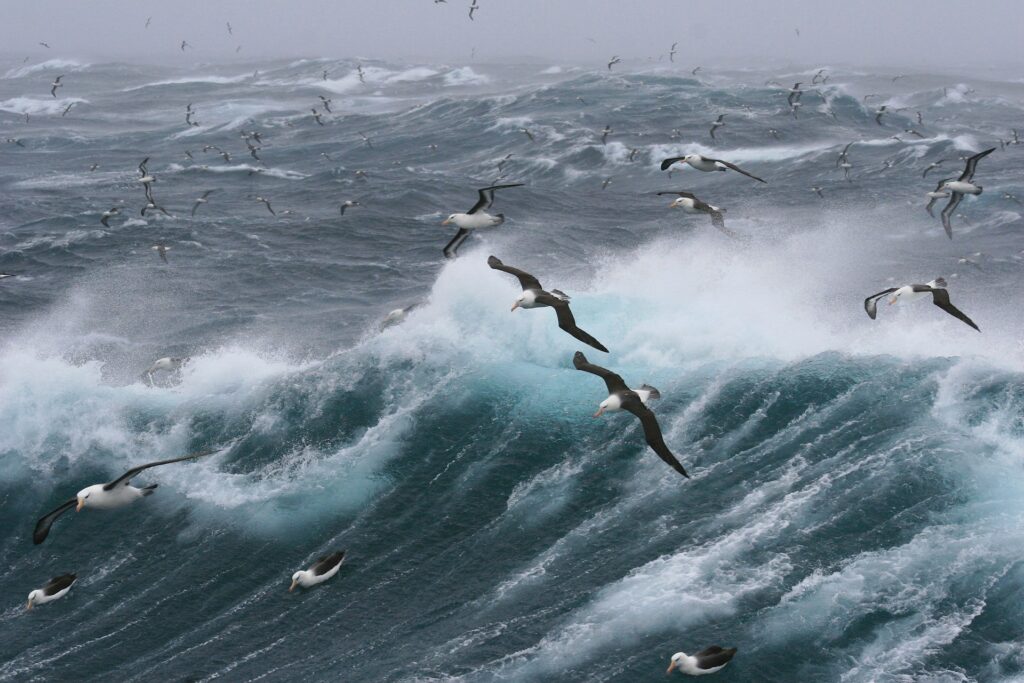When you get into the world of photography, there are a lot of things that “click” through sheer exposure to the industry. One of those things is that the vast majority of successful photographers you meet are always busy, even when they don't have clients.
But how can that be?

What is The True Value of a Photograph?
The top commercial photographers in the world charge tens of thousands of dollars (and the very top, six figures) for a single day shoot. Even people at the beginning of their career charge a substantial amount for commercial gigs.
Who's paying?
Large companies! Those large companies will pay this because they know they can get a return on the photographs that they are given by using them in their marketing campaigns. Those photographs have a very real impact on the bottom line of the companies that can pay that much for them. That is why they don't skimp on hiring photographers.
But the KEY there is that those photos have commercial value – sometimes very significant commercial value.
So What Does That Mean for a Photographer?
If a company can use a piece of marketing collateral such as a photograph to make a profit, then a photographer should also be able to take a photograph and use it to make a profit – maybe directly, maybe indirectly.
No, I am not talking about selling it. I am talking about using that photo or series as marketing collateral. Just like the large companies do.
So what am I talking about?
Photo Projects Get You Known
As a photographer you are at the forefront of the “new marketing” – some people call it “content marketing,” but photographers have been doing this for decades and don't really have a name for it other than “doing cool shit.” It comes naturally to creatives. It's what creatives live for. It is what everyone else in every other job wishes they could do.
Creating cool shit is what is at the very core of what every photographer wants to do with their lives.
Take that massive advantage and run with it!

Creating Your Own Projects is Essential
What this is all getting at is that a photographer should never really have downtime. Any downtime you have should be put towards planning and creating your own projects.
Ever wanted to photograph the historic buildings in your town? Do it! Ever wanted to make a video of your drone flying skills? Do it! Every thought about creating a series of photographs of dogs at your local park? Do it!
Whatever that creative idea you have in your head, as a photographer, it is part of your job, your business and your potential success to get out and make that project happen.
And there is a commercial value to it.
Then Get them Out There!
Now don't get me wrong. You can take the most skilled collection of black and white photographs of Yosemite national park, but if you then put them away in a drawer, you won't get much value out of them for your career. (If it's just a personal project for yourself, that is another discussion).
You need to figure out ways to get your projects in front of people. Luckily the internet make that easy. You own blog, your Instagram, hell – plain old email – these things make publicising your projects easier than it has ever been. get on it!
This is How People Find You
In a crowded market, especially if you are towards the beginning of your career, you have one major problem. Obscurity.
The worst thing that can happen to a creative, much worse than people disliking them, is that nobody knows who the hell they are.
Your own photography projects are the path out of obscurity. They are what will make people want to hire you, buy your prints, get your coffee table books and attend your workshops.
Just as that cashed up company can use photographs to move merchandise, you can use your own photographs, videos and projects to move what it is you are selling – yourself.
The Only Excuse
Don't get me wrong, this isn't for everyone. But there is really only one excuse as to why a photographer should not be working on her own projects (and even this excuse isn't air tight).
Your commercial clients have booked you solid.
If your clients are so hungry for your work, then ok – that might want to usually come ahead of your own work.
Of course, if you are booked solid, it's probably time to raise your rates, but that's another topic altogether.

Examples of Photographers Who Built Their Career on Cool Shit
Enough rambling about the theoretical – what am I talking about in practice? Let's look at a few people who took this strategy by storm.
Ben Von Wong – This guy was a complete unknown a few years ago. Then he comes screaming out of nowhere with these crazy “motobike riders on fire” and “underwater fairies” images with accompanying videos. The Internet went nuts for his stuff. An engineer, who wanted to be a photographer took his amazing personal projects and turned them into a career.
Erick Kim – This guy cops a lot of both hate a love online, but he is a prolific worker who creates a LOT of photographs for himself and writes like a demon (seriously, like 2 or three blog posts a day). And as a result of these two habits, he makes 200k a year as a photographer. By comparison, depending on who you believe, the median photographer makes something in the order of 30k-40k per year in the US. Proof that only a small segment of the industry has to like your projects and it can result in a solid career.
Thomas Heaton – This guy is a gun landscape photographer. Jeesh, that is a tough industry to crack. So what did he do? He started videoing himself on his jaunts into the wilderness and creating a fantastic video channel on Youtube that turned him from one among many to one of the most recognised up and comers in the photography world. And arguably he has the best quality Youtube channel for photography.
Now, these are just 3 examples of folks who took their passion and started doing their own projects which resulted in a career being built. There are no rules to how they did it, but the core point is that they DID something.
So get out and start your own project. Because, as a photographer, obscurity is your worst enemy.







2 Comments
What a potty mouth!
Actually just kidding. Grest article. A writer who writes in a conversational tone that the majority of their readers use & understand will make their point more accessible.
Keep that shit coming.
Great article, thank you 😉